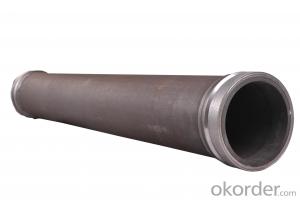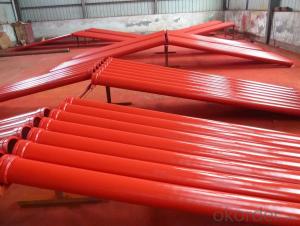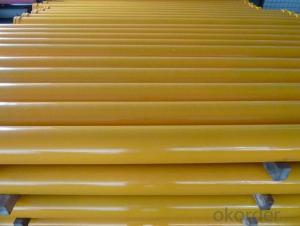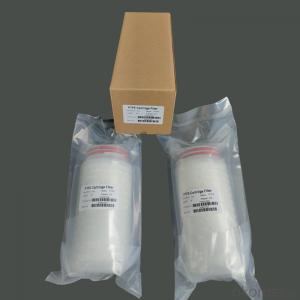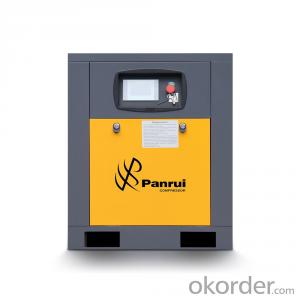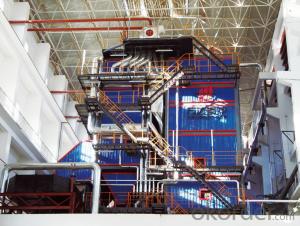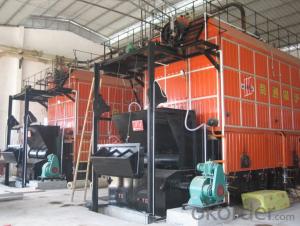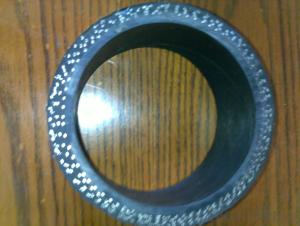Twin Wall Pipe for Concrete Pump Pipe Thickness 7mm Length 2000mm
- Loading Port:
- Tianjin
- Payment Terms:
- TT OR LC
- Min Order Qty:
- 50 pc
- Supply Capability:
- 2000 pc/month
OKorder Service Pledge
OKorder Financial Service
You Might Also Like
1. Diameter: DN125
2. Wall thickness: inner wall is 4 mm 65Mn, outer wall is 3mm seamless steel
3. Length: 3000&2000&1000mm with wear resistant SK flange
4. Type: Double / twin wall
5. Hardness: HRC 63
6. Using life: 60,000-100,000(CBM)
7. Highlights: longest using life
8. Welding: Smooth welding between straight pipes and flanges
9. Color : as customer's requirement,usually bule or red
10. Surface: Electrostatic Spraying Epoxy Paint
11. Packing: Wrapped by water proof poly-bag to protect the
painting and flanges & seaworthy
or according to customers’ requirements.
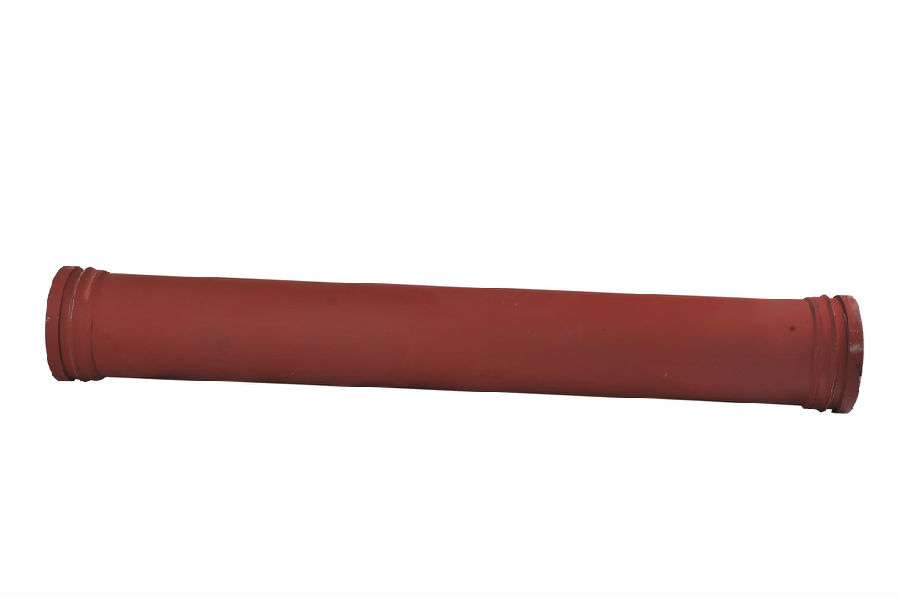
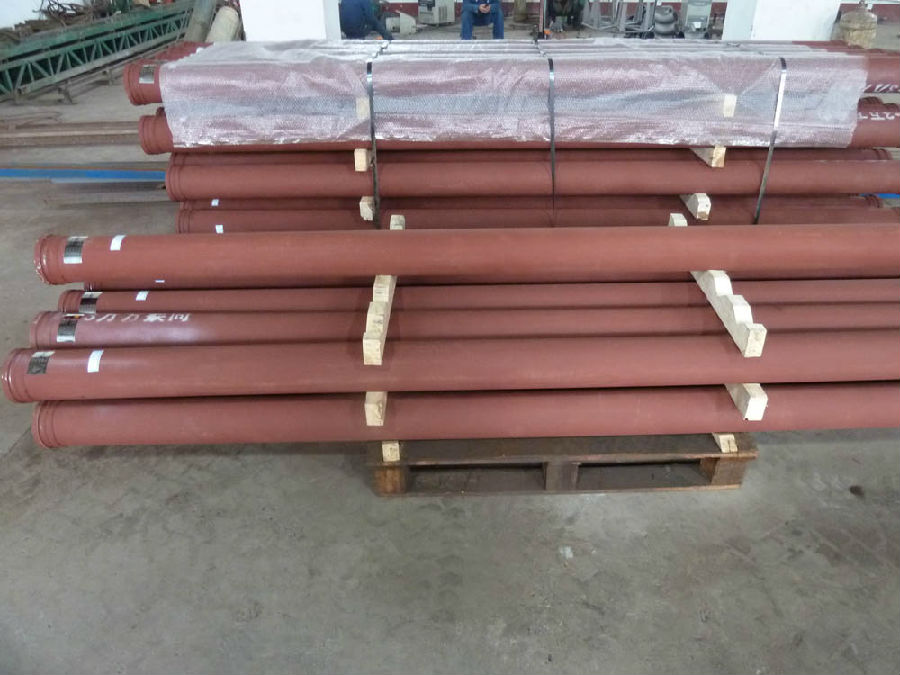
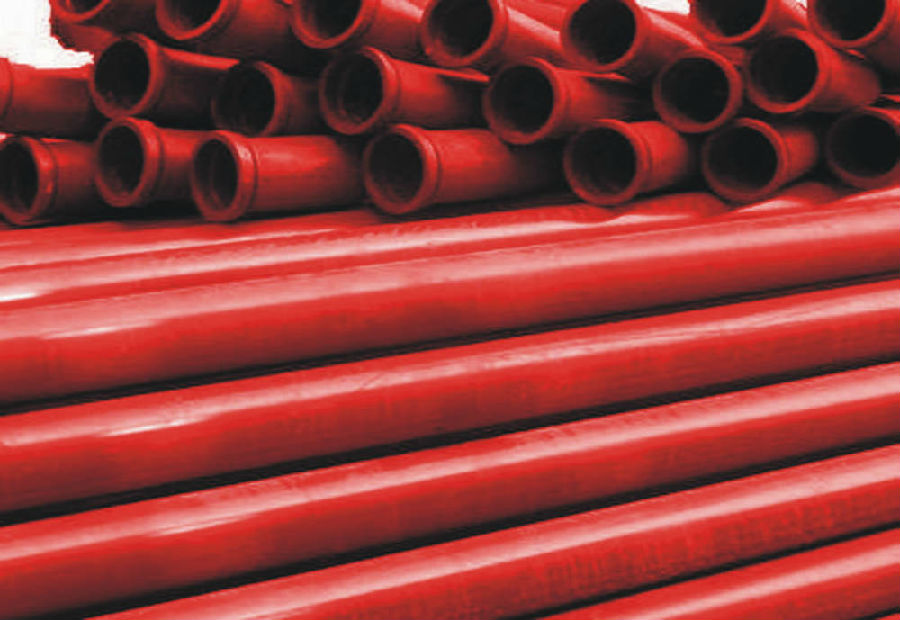
- Q:How often should concrete pump remote controls be inspected and maintained?
- Concrete pump remote controls should be inspected and maintained regularly, ideally on a monthly basis, to ensure proper functioning and safety.
- Q:Are there any specific tools or equipment required for the installation of concrete pump spare parts?
- Concrete pump spare parts installation requires specific tools and equipment. The necessary tools include wrenches and sockets for bolt and nut tightening, hydraulic jacks for lifting heavy parts, and a crane or hoist for positioning extremely heavy components. To ensure secure installation, a torque wrench is used to tighten bolts to the correct torque specifications. Lubrication is achieved using a grease gun to apply grease to moving parts. Measuring tools like tapes or rulers are used for precise positioning and alignment. Safety goggles, gloves, and other protective gear should be worn during the installation process to prevent injuries. It is crucial to consult the manufacturer's instructions or seek professional assistance for proper installation, as the required tools and equipment may vary depending on the concrete pump's type and complexity.
- Q:What is the importance of a concrete pump control valve?
- A concrete pump control valve plays a critical role in the operation of a concrete pump. It is an essential component that allows for precise and efficient control of the flow and pressure of the concrete being pumped. The importance of a concrete pump control valve can be understood by considering its various functions. Firstly, it regulates the flow of concrete from the hopper to the pumping cylinders. By adjusting the valve, operators can increase or decrease the flow rate to match the specific requirements of the project. This ensures that the right amount of concrete is being pumped, preventing wastage and optimizing productivity. Secondly, the control valve allows for precise control of the pressure in the pumping cylinders. By adjusting the valve, the operator can increase or decrease the pressure to maintain a consistent and steady flow of concrete. This is crucial in preventing blockages or clogs in the concrete pump system, which can lead to downtime and costly repairs. Furthermore, the control valve enables the operator to switch between different pumping modes, such as high-pressure pumping or low-pressure spraying. This versatility allows for the efficient execution of a wide range of concrete pumping tasks, from pouring foundations to spraying concrete for decorative purposes. In addition to its functional importance, a concrete pump control valve also contributes to the safety of the pumping operation. It allows operators to stop or reverse the flow of concrete in case of emergencies or equipment malfunctions. This feature ensures that any potential hazards are quickly addressed, minimizing the risk of accidents and injuries. Overall, the importance of a concrete pump control valve lies in its ability to provide precise control over the flow and pressure of concrete during pumping operations. It ensures efficiency, productivity, versatility, and safety, making it an indispensable component of any concrete pumping system.
- Q:How often should hopper agitator blades be inspected or replaced in a concrete pump?
- Hopper agitator blades in a concrete pump should be inspected regularly and replaced as needed. The frequency of inspections and replacements depends on a variety of factors such as the amount of use, the type of concrete being pumped, and the conditions in which the pump is operated. Generally, it is recommended to inspect the hopper agitator blades at least once every three to six months. This allows for early detection of any signs of wear, damage, or deterioration. However, if the pump is used heavily or operates in harsh conditions, more frequent inspections may be necessary, such as once a month or even weekly. During inspections, the blades should be checked for any signs of cracks, chips, or excessive wear. Additionally, any buildup of hardened concrete or other debris should be removed to ensure optimal performance. If any damage or significant wear is detected, the blades should be replaced promptly to prevent further deterioration and potential breakdowns. It is important to note that regular maintenance and proper cleaning of the hopper agitator blades can help prolong their lifespan. Following manufacturer's recommendations for maintenance, including lubrication and cleaning, can significantly reduce the need for frequent replacements. Ultimately, the frequency of inspections and replacements for hopper agitator blades in a concrete pump should be determined based on the specific conditions and usage of the pump, and it is advisable to consult the manufacturer's guidelines for more specific recommendations.
- Q:What are the signs of wear and tear in concrete pump spare parts?
- Some signs of wear and tear in concrete pump spare parts include: 1. Surface damage: Concrete pump spare parts, such as pipes and hoses, may show signs of surface damage like cracks, dents, or scratches. These can be indicators of wear and tear, especially if they are deep or extensive. 2. Corrosion: Concrete pump spare parts that are made of metal, like couplings or clamps, may show signs of corrosion over time. This can include rusting or pitting on the surface, which can weaken the part and affect its functionality. 3. Leaks: If there are noticeable leaks in the concrete pump spare parts, such as in the seals or gaskets, it can be a sign of wear and tear. Leaks can occur due to the degradation of the material or improper installation, and they can affect the efficiency and performance of the pump. 4. Reduced performance: Wear and tear in concrete pump spare parts can lead to a decrease in overall performance. For example, if the wear plates in the pump are worn out, it can result in reduced pumping capacity or increased energy consumption. 5. Increased noise or vibrations: If there is an increase in noise levels or vibrations during the operation of the concrete pump, it can be a sign of wear and tear in the spare parts. This can occur due to imbalances, misalignments, or loose components, which can affect the pump's performance and longevity. 6. Excessive wear on moving parts: Moving parts in the concrete pump, such as pistons or cylinders, can show signs of excessive wear and tear. This can include scoring or grooving on the surface, which can impact the smooth operation of the pump and lead to further damage if not addressed. Regular inspection and maintenance of concrete pump spare parts is crucial to identify and address any signs of wear and tear early on. Prompt replacement or repair of worn-out parts can help to prevent further damage and ensure the efficient and safe operation of the concrete pump.
- Q:How to deal with the blockage in the outlet of the distributing valve of the concrete pump?
- Usually the pumping system is suddenly interrupted and has abnormal sound. The device has a strong vibration, but there is no vibration in the pipe
- Q:Can I get spare parts for both single-cylinder and multi-cylinder concrete pumps?
- Yes, spare parts are available for both single-cylinder and multi-cylinder concrete pumps.
- Q:What is the difference between concrete pump and ground pump?
- Ground pump only conveying function, the price is cheaper, and now are used to transport mixing machine, the ground pump is a bit uneconomical
- Q:What are the signs of a malfunctioning gearbox?
- A malfunctioning gearbox in a vehicle could be indicated by various signs. One of the most common signs to look out for is difficulty shifting gears. If you find that shifting gears smoothly is increasingly challenging or if you hear grinding or clunking noises during shifting, it might be an indication of a gearbox problem. Another sign that the gearbox is malfunctioning is when gears slip. This occurs when the selected gear fails to remain engaged and instead slips into a different gear, resulting in a loss of power or acceleration. Additionally, you might observe an increase in engine RPMs without a corresponding increase in speed. Leakage of transmission fluid is another indicator of a faulty gearbox. Transmission fluid plays a crucial role in lubricating and cooling the gears, so any leakage can lead to overheating and damage to the gearbox components. The presence of red or brown fluid underneath the vehicle could be a sign of a leaking gearbox. Unusual noises, such as whining, humming, or clunking sounds, can also point to gearbox issues. These noises may occur while driving, especially during acceleration or deceleration, and can be indicative of problems with the gears or bearings within the gearbox. Lastly, if you detect a burning smell emanating from the engine or gearbox area, it could be an indication of overheating or excessive friction within the gearbox. This can be caused by low or contaminated transmission fluid, worn-out gears, or a malfunctioning cooling system. In case you notice any of these signs, it is crucial to promptly have your vehicle inspected by a qualified mechanic. Ignoring gearbox issues can lead to further damage and potentially expensive repairs.
- Q:How to calculate the power of concrete pump motor?
- Of course, the motor power is large, the transmission speed is fast
1. Manufacturer Overview |
|
|---|---|
| Location | |
| Year Established | |
| Annual Output Value | |
| Main Markets | |
| Company Certifications | |
2. Manufacturer Certificates |
|
|---|---|
| a) Certification Name | |
| Range | |
| Reference | |
| Validity Period | |
3. Manufacturer Capability |
|
|---|---|
| a)Trade Capacity | |
| Nearest Port | |
| Export Percentage | |
| No.of Employees in Trade Department | |
| Language Spoken: | |
| b)Factory Information | |
| Factory Size: | |
| No. of Production Lines | |
| Contract Manufacturing | |
| Product Price Range | |
Send your message to us
Twin Wall Pipe for Concrete Pump Pipe Thickness 7mm Length 2000mm
- Loading Port:
- Tianjin
- Payment Terms:
- TT OR LC
- Min Order Qty:
- 50 pc
- Supply Capability:
- 2000 pc/month
OKorder Service Pledge
OKorder Financial Service
Similar products
New products
Hot products
Related keywords
